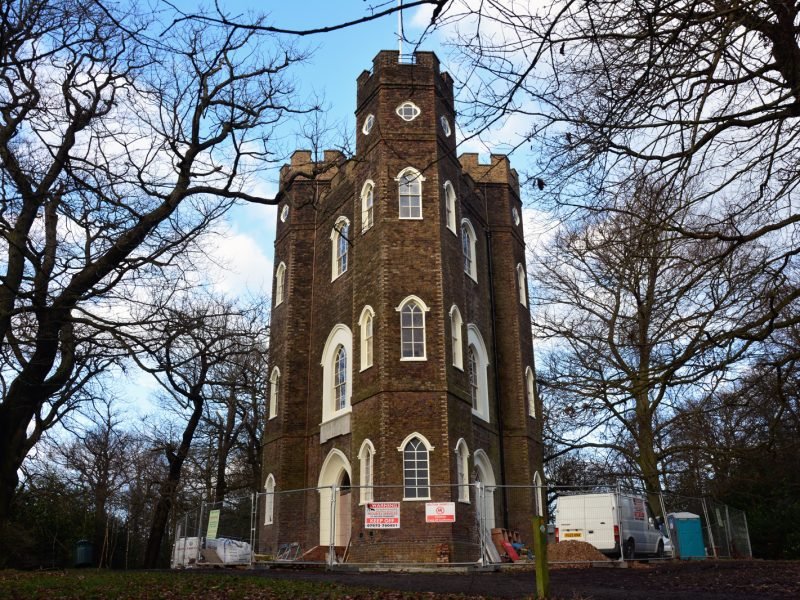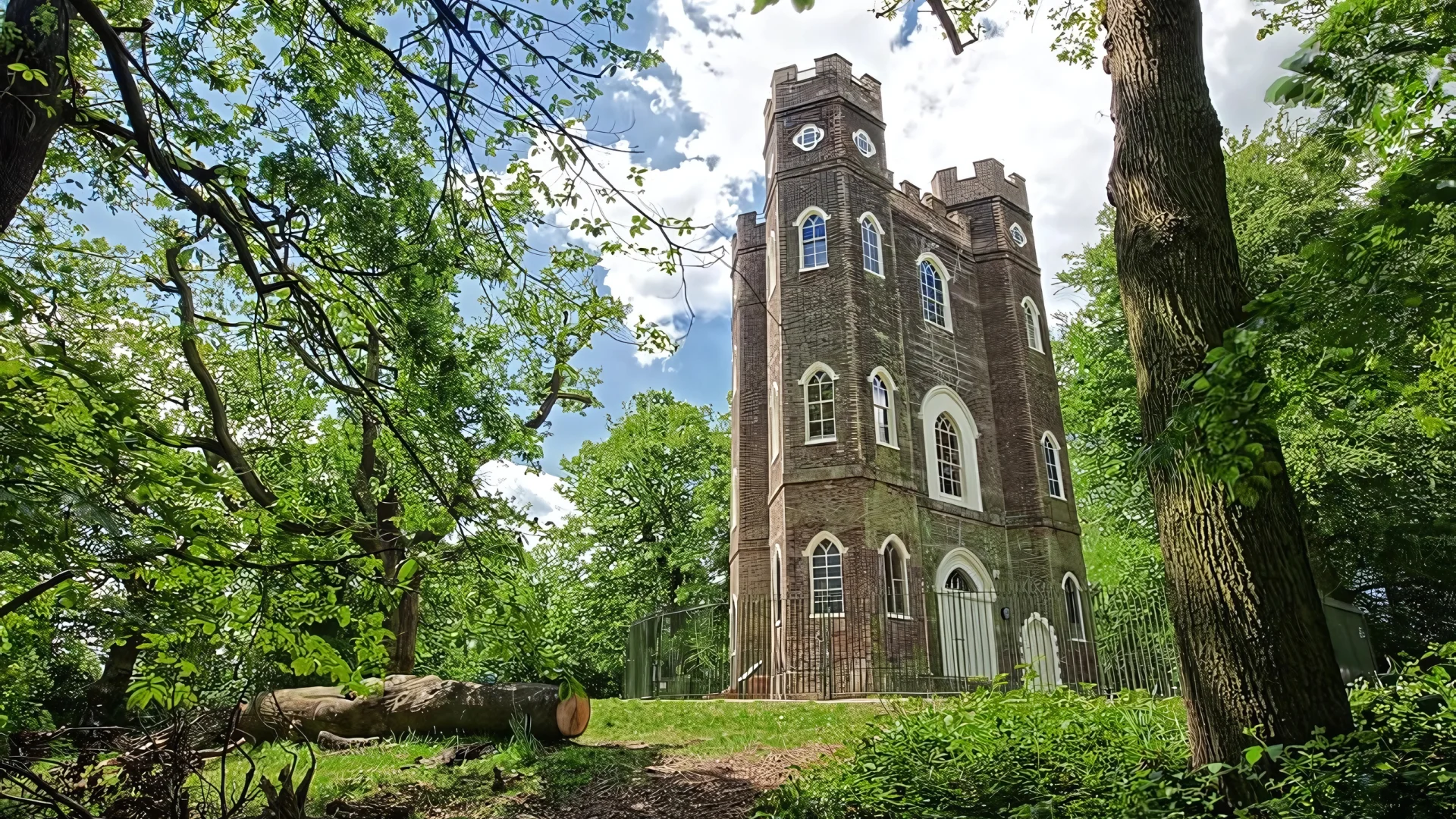Viewing Platform is Closed
| Tea Room is Closed
8.56°C
4.63km/h
Our Viewing Platform is now closed until Feb 1st 2026. The Tea Room closes on Christmas Day and will be open as usual from Boxing Day
Viewing Platform is Closed
Tea Room is Closed
8.56°C
4.63km/h
Our Viewing Platform is now closed until Feb 1st 2026. The Tea Room closes on Christmas Day and will be open as usual from Boxing Day
Viewing Platform is Closed
Tea Room is Closed
8.56°C
4.63km/h




